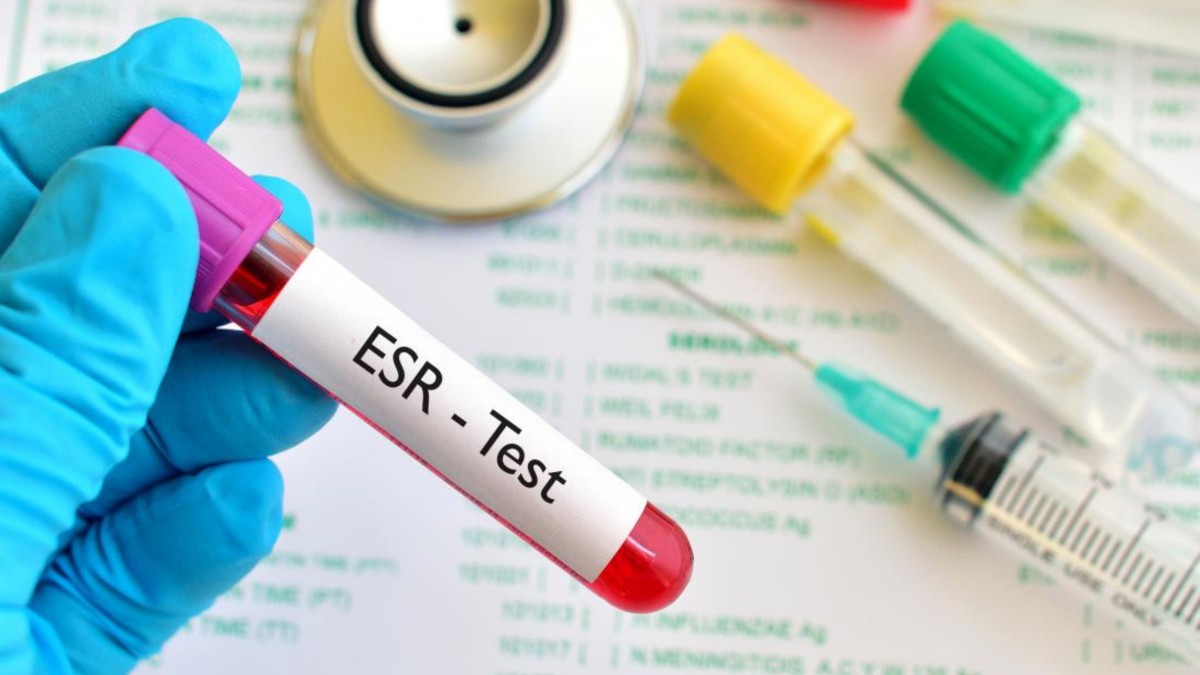Tes LED Westergren mengukur laju sel darah merah mengendap di tabung reaksi, yang mengindikasikan adanya inflamasi. Tes ini membantu mendiagnosis kondisi seperti infeksi, kanker, dan penyakit autoimun serta digunakan ketika gejala inflamasi muncul, untuk memantau perkembangan penyakit, menilai efektivitas pengobatan, dan membedakan antara kondisi yang serupa. Keuntungan dari tes ini meliputi kesederhanaan, aksesibilitas, efektivitas biaya, dan aplikasi yang luas. Tes ini mudah dilakukan, tersedia luas, dan dapat digunakan bersama tes lain seperti CRP untuk penilaian inflamasi yang komprehensif. Tes LED Westergren tetap menjadi alat berharga dalam diagnostik medis dan perawatan pasien.
Tes Laju Endap Darah (LED) Westergren adalah tes darah umum yang digunakan untuk mendeteksi inflamasi dalam tubuh. Tes ini mengukur laju sel darah merah (eritrosit) mengendap di dasar tabung reaksi dalam jangka waktu tertentu, biasanya satu jam. Tes ini dinamai sesuai dengan dokter Swedia Alf Westergren, yang mengembangkan metode ini pada awal abad ke-20.
Tes LED Westergren terutama digunakan untuk membantu mendiagnosis kondisi yang berhubungan dengan inflamasi akut dan kronis, termasuk infeksi, kanker, dan penyakit autoimun. Tes ini bersifat non-spesifik, artinya tidak dapat mengidentifikasi penyebab pasti dari inflamasi, tetapi dapat menunjukkan adanya dan tingkat keparahannya. Tes ini sering digunakan bersama tes diagnostik lainnya untuk memberikan gambaran menyeluruh tentang kesehatan pasien.

Kapan Kita Harus Melakukan Tes LED Westergren? Tenaga kesehatan dapat memesan tes LED Westergren karena berbagai alasan, termasuk:
- Gejala Inflamasi: Ketika pasien menunjukkan gejala seperti demam yang tidak diketahui penyebabnya, penurunan berat badan, kekakuan, atau nyeri sendi, tes ini dapat membantu mendeteksi inflamasi yang mendasarinya.
- Memantau Perkembangan Penyakit: Untuk pasien dengan kondisi inflamasi yang sudah diketahui, seperti artritis reumatoid atau lupus eritematosus sistemik, tes LED dapat membantu memantau perkembangan penyakit dan respons terhadap pengobatan.
- Menilai Efektivitas Pengobatan: Tes ini dapat digunakan untuk mengevaluasi seberapa baik pasien merespon pengobatan untuk kondisi inflamasi.
- Membedakan Kondisi: Tes ini dapat membantu membedakan antara kondisi yang menyebabkan gejala serupa, seperti membedakan antara berbagai jenis artritis.
Tes LED Westergren menawarkan beberapa keuntungan:
- Kesederhanaan dan Aksesibilitas: Tes ini mudah dilakukan, membutuhkan peralatan minimal, dan tersedia luas di laboratorium klinis. Ini membuatnya menjadi pilihan praktis untuk skrining awal dan pemantauan berkelanjutan.
- Efektivitas Biaya: Dibandingkan dengan pencitraan canggih atau tes biomarker spesifik, tes LED Westergren relatif murah, menjadikannya pilihan yang ekonomis untuk menilai inflamasi.
- Aplikasi yang Luas: Meskipun non-spesifik, tes ini dapat diterapkan pada berbagai kondisi, menjadikannya alat yang serbaguna dalam proses diagnostik.
- Penggunaan Komplementer: Tes LED dapat digunakan bersama tes lainnya, seperti kadar protein C-reaktif (CRP), untuk memberikan penilaian inflamasi yang lebih komprehensif. Sementara CRP merespons lebih cepat terhadap inflamasi, LED memberikan pandangan jangka panjang, mencerminkan inflamasi kronis.
Tes LED Westergren tetap menjadi alat yang berharga dalam kedokteran modern untuk mendeteksi dan memantau inflamasi. Kesederhanaan, aksesibilitas, dan efektivitas biayanya membuatnya menjadi tes yang banyak digunakan dalam praktik klinis. Dengan memberikan wawasan penting tentang status inflamasi pasien, tes LED berperan penting dalam diagnosis dan manajemen berbagai kondisi medis.
Reference:
- American Association for Clinical Chemistry (AACC). (2020). Erythrocyte Sedimentation Rate (ESR).
- National Center for Biotechnology Information (NCBI). (2021). Erythrocyte Sedimentation Rate.



